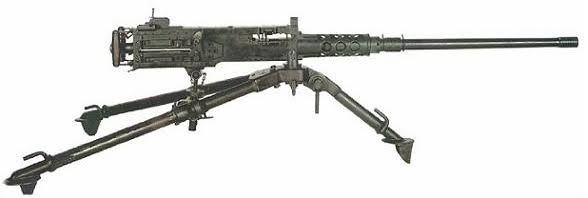If HMS incomparable had been built, would it have been any use to the British in WW2?
Probably not. As a conceptual design Incomparable became a minimal defense battlecruiser that operated at 35 knots while carrying six 20-inch guns. The Courageous class acts as the foundation for this practical design evolution.
There never existed weapons with 20-inch calibers as the biggest gun projects came to completion with Japanese 18.1” guns aboard Yamato ships along with the British BL 18-inch Mk I naval gun. A couple of inches seems insignificant yet the BL 15-inch Mk I naval gun fired 1,938 pound shells but the 18-inch projectile weighed 3,320 pounds. If constructed a 20-inch projectile would have needed to weigh approximately 4,500 lbs.
The two 18-inch guns installed on HMS Furious exceeded her structural capacity so the weapons were relocated onto monitors. The General Wolfe established naval history as the longest-range gun to fire at action ever launched with its massive 36,000-yard shots.
BL 18-inch Mk I naval gun operated together with shells
Shipbuilders determined the 18-inch gun failed combat tests which provides convincing evidence that a 20-inch gun would perform worse under similar operational conditions even when stowed in a fragile hull.
With its designed 35-knot speed the Incomparable would have surpassed all capital ships and most cruisers while surpassing destroyers in speed. To remain unharmed she would need to stay beyond her enemy's combat zone then attack from extreme distances. This design weakness made Incomparable susceptible because her 11-inch belt armor combined with 4-inch deck plating left the vessel defenseless against enemy pincer tactics.
The outbreak of WW1 found British naval interest focused on Queen Elizabeth-class fast battleships as the subsequent massive adoption of aircraft and submarines signified the demise of the large capital warship era.
The Yamato-class experience demonstrates Incomparable would probably achieve little relevance during WW2 despite doubtful construction success. A ship of this design lacked functional purpose because no demands existed for this vessel type.



